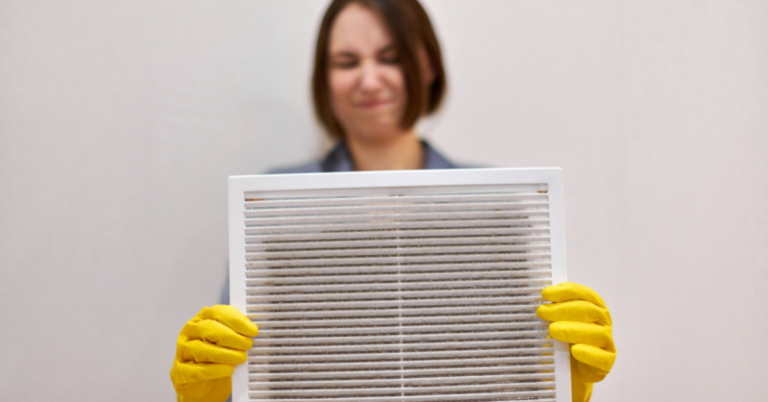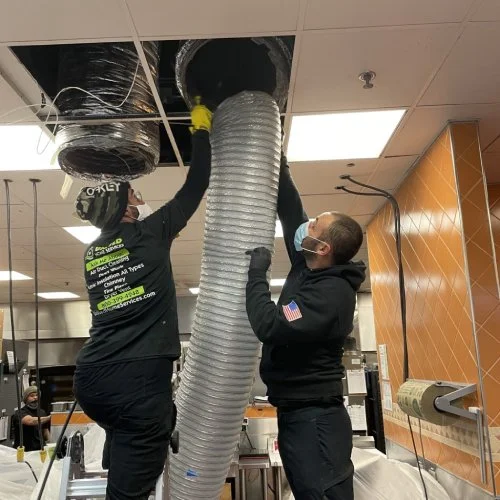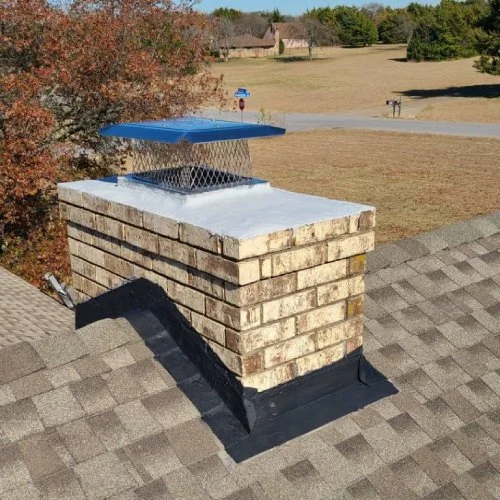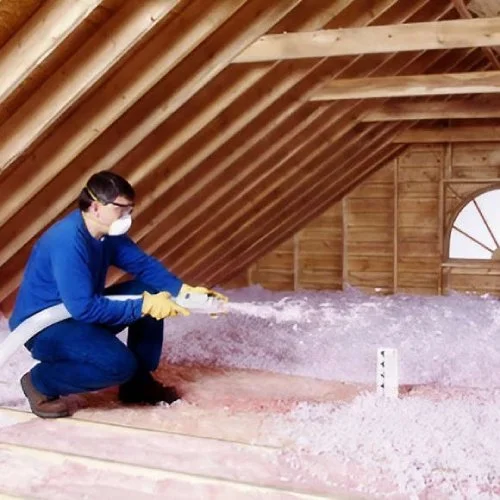According to a study published by the Society for General Microbiology, provided the ideal environment is present, some bacteria divide every 20 minutes.
If that’s not terrifying enough, consider this: every single home contains 340 different types of bacteria on objects inside the bathroom, kitchen, and other places like air ducts.
Granted, not all bacteria are dangerous, after all, the human body contains plenty of bacteria that helps it function. But some bacteria are extremely harmful and can make you sick, including:
- Escherichia coli, or E. coli
- Salmonella
- Staphylococcus aureus, or staph
- Fecal matter
- Mold and yeast
The novel coronavirus that is causing mayhem in the world can also be found on many of the same surfaces in your home. And since it can live for hours or days on certain surfaces, it can spread quickly.
According to the latest study on the subject, here are some alarming statistics:
- Coronavirus can stay on copper objects for up to 4 hours.
- It can stay on cardboard for up to 24 hours.
- It can stay on stainless steel and plastic surfaces for up to 72 hours.
5 Dirtiest Spots in Your Home
Now more than ever, it has become really important to have a clean and sanitized home. In this post, we are sharing which are the dirtiest spots in your home so you can keep them clean and protect yourself from harmful bacteria and viruses.
The Kitchen
Several studies have found that places, where food is prepared/stored, have more bacterial and fecal pollution than any other area in the home. More than 75% of dish rags and sponges have E. coli, Salmonella, and fecal remains compared to 9% on the faucet handles in a bathroom.
Other than sponges and rags, other kitchen items that are the dirtiest are:
- Kitchen countertop and sink
- Coffee maker
- Chopping/cutting board
- Refrigerator (especially the compartments where you keep unwashed and uncooked food)
Handles, Knobs, and Switches
Bathroom light switches, refrigerator door handles, microwave handles, and stove knobs may not seem very obviously dirty but they are a breeding ground for harmful bacteria.
Makeup Bag
The bristles of makeup brushes and sponges are one of the dirtiest spots in a home, especially if you usually carry your bag with you wherever you go.
Bacteria and germs that live on your makeup brushes can cause eye and skin infections. The novel coronavirus can also get attached to your applicators from your hands and reach your eyes, mouth, and nose.
Living Room and Home Office
Mobile phones, tablets, computer keyboards, and remote controls are generally shared by all family members as well as visiting guests. These objects, thus, happen to contain several different types of harmful bacteria, mold, and yeast.
The surfaces in these rooms are also quite dirty. For example, a carpet can hold up to 8 times its weight in dust and dirt. And as we mentioned earlier, coronavirus can live on plastic keyboards and remotes for up to 3 days!
Bathroom
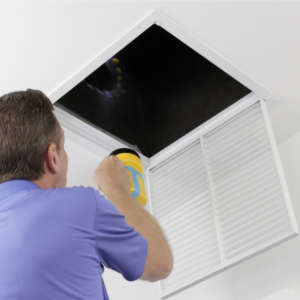 It’s not surprising that the bathroom is one of the dirtiest places in a home, after all, that’s where you scrub grime and dirt off of your body. To top it off, moisture from hot showers provides a great place for bacteria to thrive.
It’s not surprising that the bathroom is one of the dirtiest places in a home, after all, that’s where you scrub grime and dirt off of your body. To top it off, moisture from hot showers provides a great place for bacteria to thrive.
But some spots in your bathroom are dirtier than others, such as:
- Toothbrushes
- Bath towels
- Floor area around the toilet
- Faucets
- Drains
- Shower tub
Call #1 Home Services For Home Services
It’s recommended to clean these areas every so often, otherwise, you risk getting infected or sick. If you have small children or pets at home, regular hygiene habits become even more important.
If deep cleaning these areas seem too overwhelming, you can always hire a professional home services provider. At United Home Services, our certified and trained cleaners and installers can make your life easier so you and your family stay healthy and safe.
Whether you want your air conditioner repaired or your house cleaned out professionally, we have got you covered. Call us toll-free at 800-399-4248 or write to us online today!

